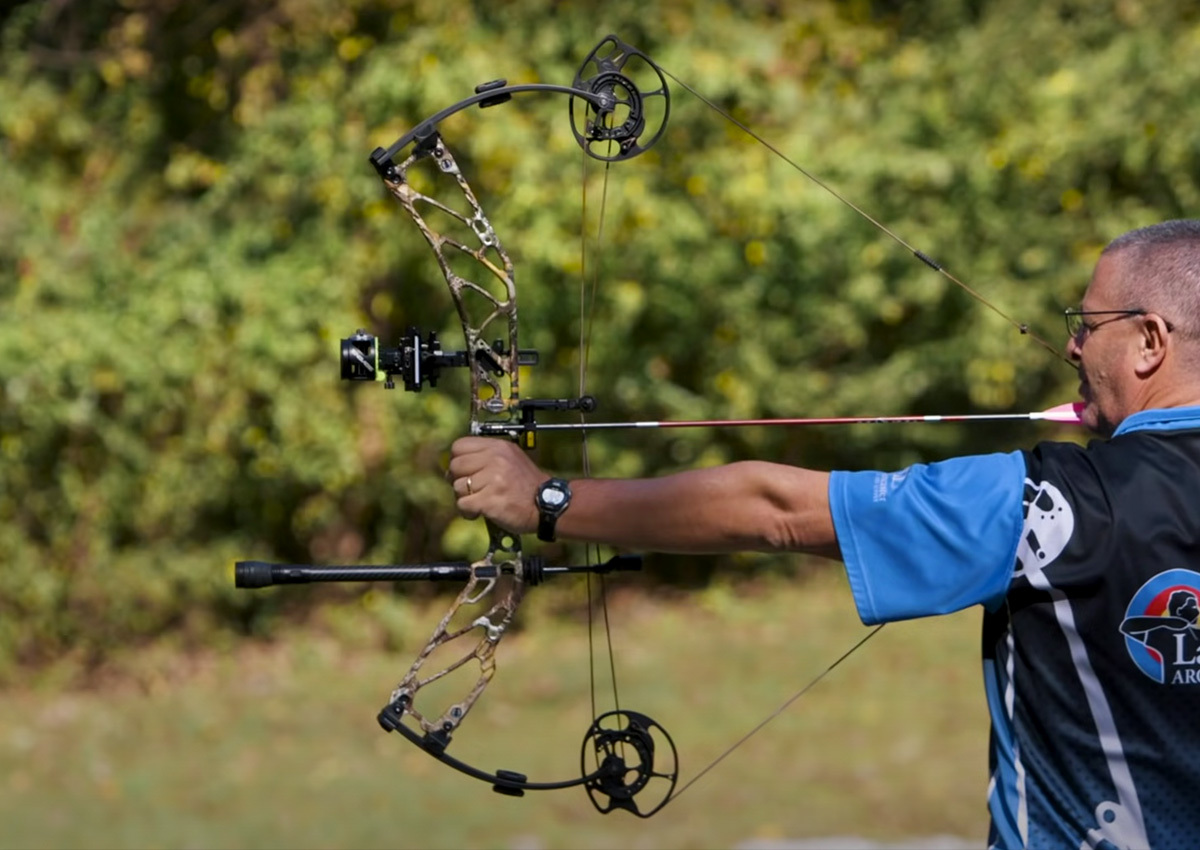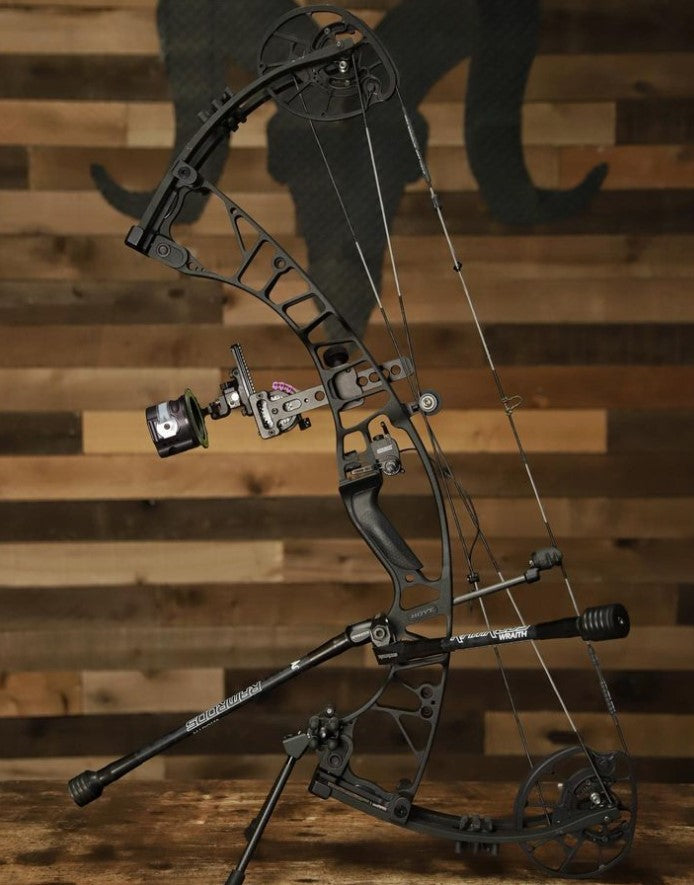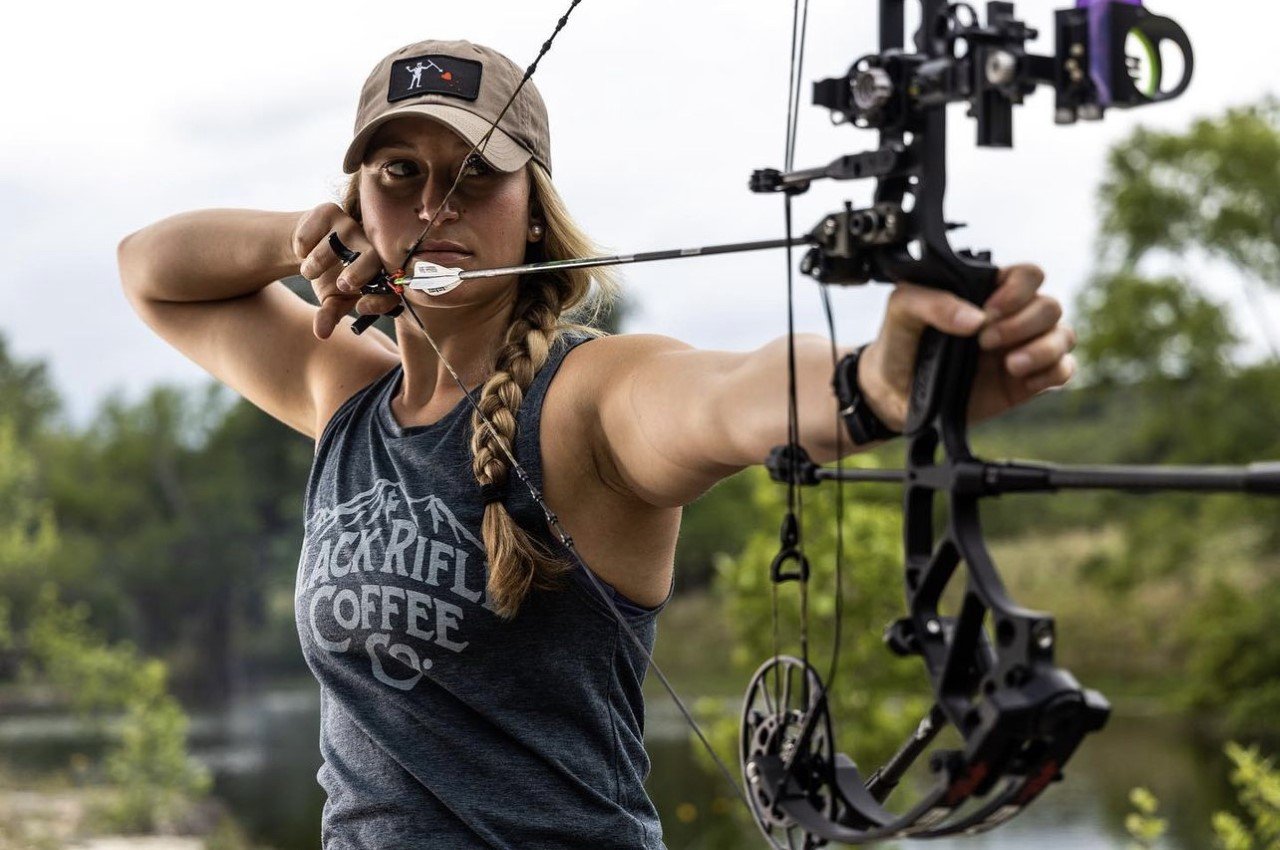Upgrade Your Archery Setup: Top-rated Archery Stabilizers Reviewed
Upgrade Your Archery Setup: Top-rated Archery Stabilizers Reviewed
Blog Article
Master the Art of Archery: Recognizing the Value of a Stabilizer in Your Setup
Whether one is a seasoned archer or simply beginning their trip, the importance of a stabilizer in their arrangement can not be overstated. By recognizing the benefits of making use of a stabilizer, taking into consideration the appropriate elements when picking one, and correctly mounting and adjusting it, archers can raise their abilities to new elevations.
The Role of a Stabilizer in Archery
A stabilizer plays a crucial duty in archery by improving equilibrium and reducing vibrations throughout the shot. A stabilizer aids to counteract these vibrations by dissipating the energy and soaking up (archery stabilizer).
Among the major benefits of a stabilizer is its capability to improve equilibrium. When an archer holds a bow, it can be testing to keep a constant goal. The weight of the stabilizer helps to disperse the weight equally, reducing the pressure on the archer's arm and improving stability. This permits the archer to concentrate on their aim and implement an extra precise shot.
In enhancement to balance, a stabilizer also aids to minimize torque. The weight and style of a stabilizer counteract this turning, making sure a much more precise and consistent shot.
Advantages of Utilizing a Stabilizer
The usage of a stabilizer in archery offers numerous benefits that improve an archer's performance and total shooting experience. Firstly, a stabilizer aids to lessen the vibrations produced upon release of the arrowhead. These vibrations can trigger the bow to torque or twist, leading to inaccurate shots. By soaking up and moistening these resonances, the stabilizer improves the stability of the bow, enabling more accurate and constant shots.
Secondly, a stabilizer assists to stabilize the bow by including weight to the front end. This weight circulation neutralizes the all-natural propensity of the acquiesce tip onward upon launch, minimizing the amount of motion and enhancing the archer's capacity to maintain objective on target.

Finally, a stabilizer can also act as a shock absorber, reducing the shock and recoil experienced upon launch. This not just boosts the comfort of capturing yet also minimizes the threat of injury or pressure on the archer's body.
Exactly How a Stabilizer Boosts Precision
Enhancing the accuracy of an archer's shots, a stabilizer plays an essential function in enhancing overall efficiency. archery stabilizer. By adding security to the bow, a stabilizer helps decrease the undesirable movement and resonance that can take place during a shot. This decrease in movement permits the archer to maintain a consistent aim, leading to even more accurate and consistent shots

Additionally, a stabilizer aids to moisten resonances that take place upon release. These vibrations can create the bow to shake, influencing the arrowhead's trajectory and accuracy. By taking in and dissipating these resonances, a stabilizer aids to keep the bow's security and make sure a smooth and accurate shot.
Additionally, a stabilizer can also aid click to read in balancing the weight circulation of the bow (archery stabilizer). By including weight to the front of the bow, a stabilizer aids to balance the weight of devices, such as views or quivers, which may be connected to the bow. This balanced weight circulation helps the archer maintain a controlled and consistent shooting setting, bring about enhanced precision
Elements to Take Into Consideration When Choosing a Stabilizer
When picking a stabilizer for your bow, it is important to think about several aspects that will certainly contribute to its general efficiency and suitability for your private capturing design. The first variable to think about is the length of the stabilizer. Stabilizers are available in numerous lengths, ranging from brief to long. Longer stabilizers generally give more stability and balance, but they can additionally be much heavier and a lot more difficult to maneuver. Shorter stabilizers, on the other hand, use much better ability to move but may compromise some security.
An additional variable to consider is the weight of the stabilizer. The weight of the stabilizer can impact the balance of your bow. A much heavier stabilizer can aid to lower resonances and boost security, causing a steadier shot. However, a lighter stabilizer may be liked by shooters who prioritize maneuverability and speed.
Some stabilizers have adjustable features, such as flexible size or adjustable weights, which permit you his explanation to personalize the stabilizer to your particular demands. Carbon fiber stabilizers are durable and light-weight, while aluminum stabilizers supply a balance in between weight and strength.
Various stabilizers may function far better for specific shooting designs, such as target capturing or hunting. It is suggested to consult with knowledgeable archers or professionals to figure out which stabilizer will certainly finest match your individual requirements.
Tips for Effectively Adjusting a stabilizer and setting up
Longer stabilizers give more stability however can be much less manoeuvrable, while much shorter stabilizers offer enhanced maneuverability but may sacrifice security. As soon as you have actually selected the suitable length, affix the stabilizer to the bow making use of the supplied placing hardware. Make certain that the stabilizer is firmly secured and aligned with the bow's riser.
After mounting the stabilizer, it is needed to make modifications to achieve the wanted balance and shot consistency. Beginning by changing the weight circulation along the stabilizer. This can be done by including or removing weights from the stabilizer's weight system. Experiment with various weight setups to find the equilibrium that works best for you. In addition, think about changing the my response angle of the stabilizer to adjust the shot. A mild onward or backward tilt can influence the bow's balance and exactly how it responds during the shot.

Conclusion
In conclusion, a stabilizer plays an essential role in archery by boosting precision and decreasing bow torque. When selecting a stabilizer, factors such as size, material, and weight must be considered to fulfill individual needs.
Furthermore, a stabilizer can likewise aid in stabilizing the weight distribution of the bow. By including weight to the front of the bow, a stabilizer assists to stabilize the weight of accessories, such as quivers or views, which might be connected to the bow. Some stabilizers have flexible functions, such as flexible length or flexible weights, which enable you to tailor the stabilizer to your certain needs. Carbon fiber stabilizers are long lasting and lightweight, while light weight aluminum stabilizers offer a balance in between weight and rigidness.
Longer stabilizers provide even more stability yet can be less manoeuvrable, while shorter stabilizers use increased ability to move but may give up stability.
Report this page